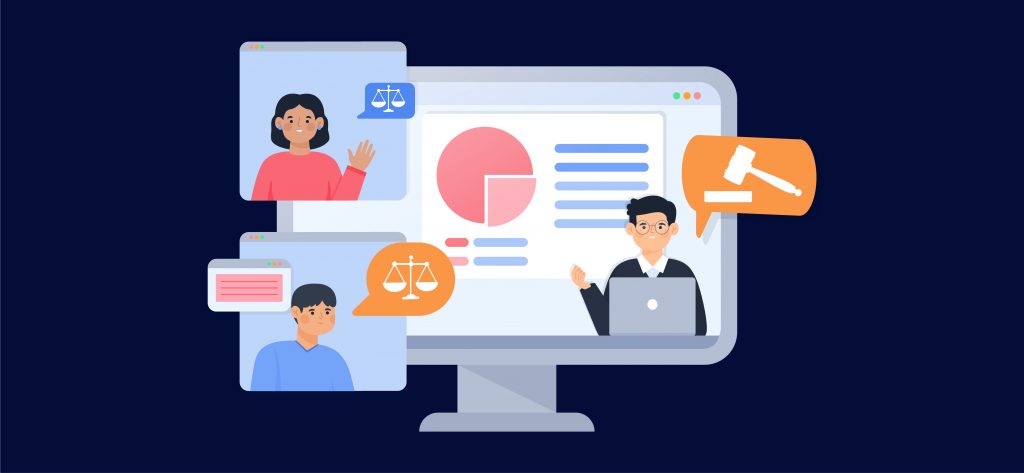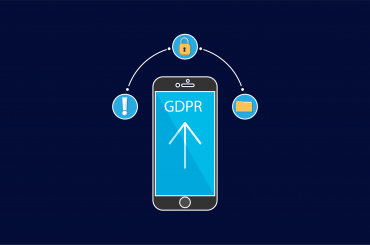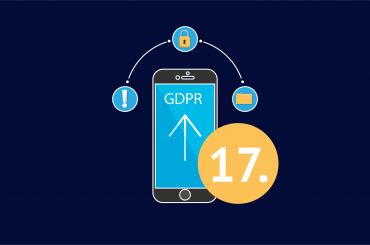The right to be forgotten entails removing private information about a person from Internet searches and other directories. The problem arose from people’s desire to control the course of their lives on their terms, rather than being branded indefinitely or regularly due to past behaviour. This article will tell you everything you need to know about how to exercise the right to be forgotten.
Contents
When is the Right to be Forgotten Applicable?
An applicant can state the following reasons for requesting erasure of information:
- Personal data is no longer required for the purpose for which it was gathered or processed by an organisation.
- When an organisation relies on an individual’s consent as the legal basis for data processing, that individual withdraws their consent.
- An organisation relies on legitimate interests to justify processing a person’s data, the individual objects to the processing, and the organisation has no overwhelming legitimate interest in continuing the processing.
- Personal data is being processed for direct marketing purposes by an organisation, and the individual has objected to this processing.
- An organisation processed a person’s data in an unauthorised manner.
- To comply with a legal rule or requirement, a company must delete personal data.
- To provide information society services, an organisation has processed a child’s data.
Right to be Forgotten vs. Rights of the Organisation
n organisation’s right to process a person’s data may take precedence over that person’s right to be forgotten. The following are the reasons stated in the GDPR that override the right to be forgotten:
- The data is being collected to enjoy the right to freedom of expression and information.
- The information is being used to comply with a legal requirement.
- Data is being used to carry out a task in the public interest or to exercise an organisation’s official power.
- The information being processed is required for public health reasons and is in the public interest.
- The information being processed is required for the practice of preventative or occupational medicine. This only applies when the data is processed by a health practitioner bound by a professional secrecy agreement.
- The data represents critical information that serves the public interest, scientific research, historical research, or statistical purposes, and erasure of the data would likely impede or halt progress toward the processing’s goal.
- The information is being used to develop a legal defence or to pursue additional legal claims.
Who has the Right to be Forgotten?
The right to be forgotten is not available to everyone. You will have to meet the following criteria for exercising this right:
Are you an individual?
The right to be forgotten does not apply to businesses, corporations, or other similar entities. This is a right that only individuals have. While requesting erasure, make sure you don’t list a corporation as the data subject.
Are you a public figure?
Even if exercising the right to be forgotten does not result in the deletion of anything that has been published online, it does obstruct freedom of expression and information by making it more difficult to access information online. To offset these concerns, EU Court held that public persons, such as celebrities or politicians, should be limited in their use of the right.
Does a search of your name yield results you want to be erased?
If you answered no, you might not be qualified to exercise your right to be forgotten. Furthermore, under the criteria controlling this privilege, you are not entitled to remove information about someone with the same name as you.
How to avail the Right to be Forgotten?
The GDPR does not define what constitutes a valid request for the erasure of information. An erasure request might be made either verbally or in writing. Not only can this request be made to a designated contact, but it can also be made to any member of your company. Generally, you will be required to provide the following for requesting erasure:
1. Personal Details
You will have to provide personal details such as name, address, contact number, email address, etc.
2. Details of Data Subject
The data subject is the person whose data is being stored by an entity. You will be requested to provide proof of identity and proof of address of the data subject. If you are not the data subject, then specify that in the form and provide details of the data subject along with your details.
3. Reasons for Requesting Erasure
As specified above, the right to be forgotten can only be exercised in a given set of cases. Therefore, it is crucial that you specify a strong reason for requesting erasure.
4. Information that you Wish to Erase
You need to provide details of the information you want to be erased from the Internet. This can be a web link, image, or any other information.
5. Declaration
You will need to declare that all the information provided by you is correct to the best of your knowledge. Any attempt to mislead might lead in prosecution.






2 Comments
Pingback: Right To Erasure Request: The Ultimate Guide - Right to Be Forgotten Lawyer in UK & Europe
Pingback: ICO Right to Erasure Guide - Right to Be Forgotten Lawyer in UK & Europe